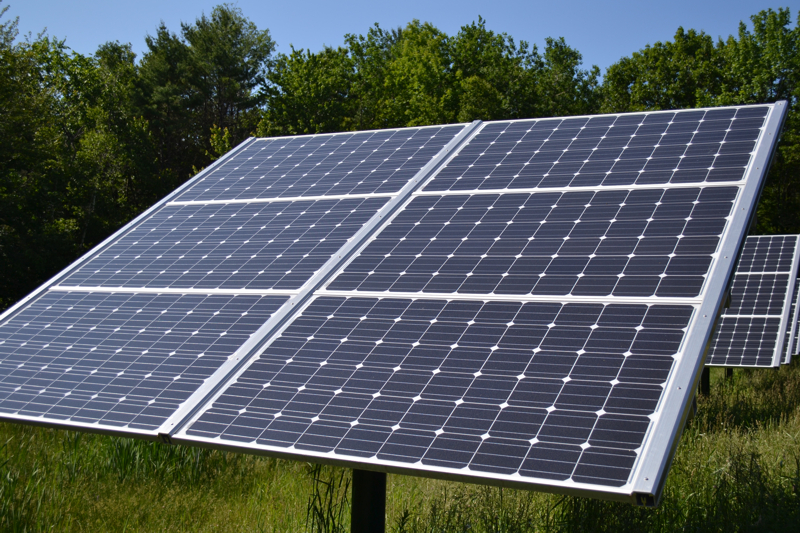
Casting light on solar cell developments
The project aims to improve the charge mobility of nanoporous titania films in perovskite solar cells by controlled chemical modification. We are aiming for a two to three per cent increase in conversion efficiency: an outcome that would expedite the mass production of perovskite solar cells in a market that is predicted to grow to $38bn by 2022.
We are delighted to be working with responsive and leading edge researchers in areas important to advancing the core technology upon which our company relies in order to harvest a strong base of innovation to build future value in our commercialisation endeavours.
-Chris Moore, Technology Manager, GreatCell Solar
“These nanoporous films formed by sintering metal oxide nanoparticles are a highly stable, non-toxic and inexpensive material that could be produced on an industrial scale. They will be essential to solar cells and other important applications such as electrodes in fuel cells and photoelectrochemical cells,” said CEEM Director Dr Keith McKenna.
Electrical mobility
Nanoporous titania films have a poor electrical mobility due to charge carrier trapping at the surfaces and at interfaces between nanoparticles.
“We believe it should be possible to eliminate these traps by suitable chemical modification of the surfaces of nanoparticles prior to sintering into a film. This approach would retain the advantages of nanoporous films in terms of high surface area, non-toxicity and processability while improving performance,” Dr McKenna added.
Modification routes
He said CEEM’s ability to theoretically screen various possible modification routes is what has attracted the interest of industry. “The application, testing and optimisation of such strategies may offer a new paradigm for knowledge-led design of solar oxide materials.”
Improving the mobility of nanoporous oxides could bring the efficiency of these devices from their current level (about 20 per cent) to closer to the theoretical maximum of about 30 per cent. An increase in overall efficiency from 20 per cent to only 23 per cent would increase the total power output by 15 per cent which, when coupled with lower manufacturing costs, would make the technology very attractive.
If this is successful, the ability to tailor the electronic properties of interfaces in nanoporous films by controlled modification should find applications in other technologies including sensing, catalysis and electronics.

